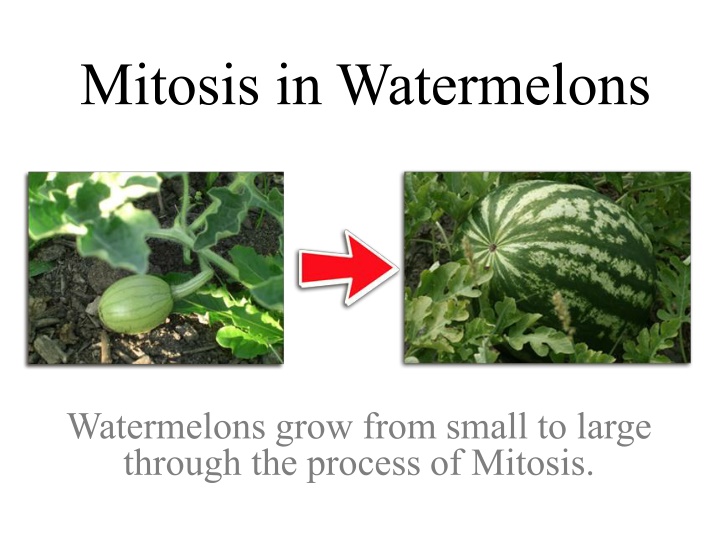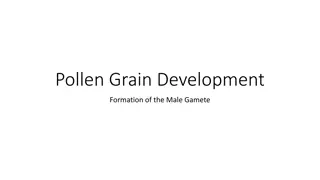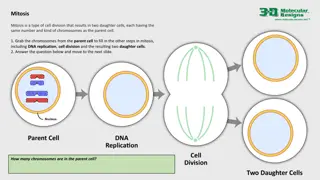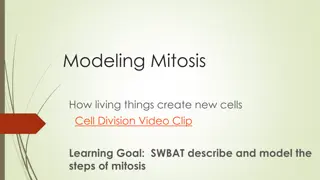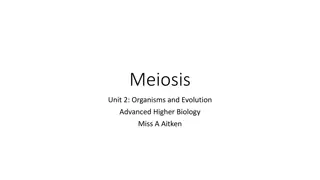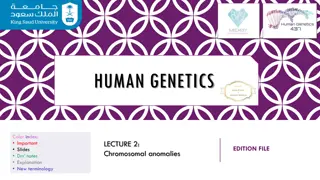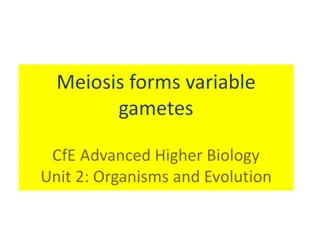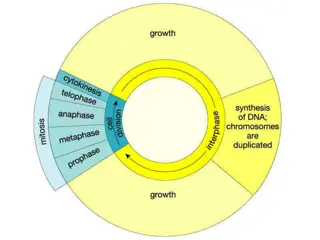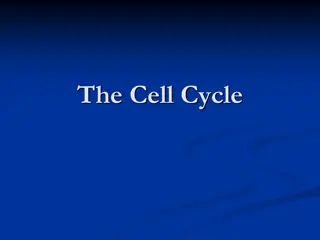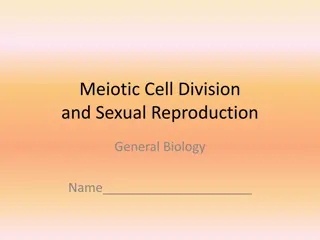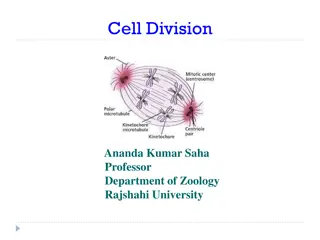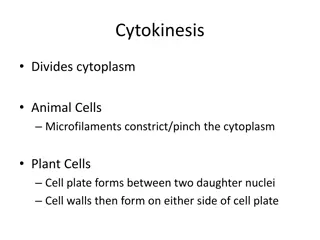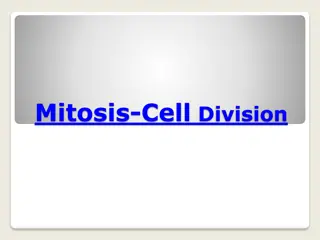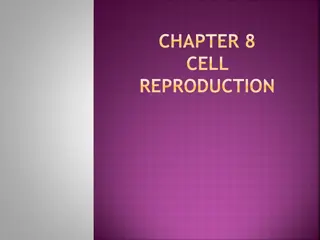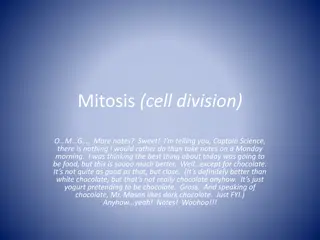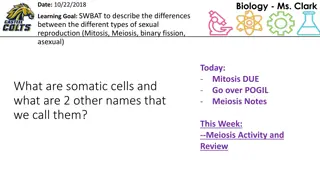The Process of Mitosis and Meiosis in Watermelons
Watermelons undergo the processes of mitosis and meiosis to grow and reproduce. During mitosis, watermelons develop through interphase, prophase, metaphase, anaphase, and telophase. In meiosis, seeded watermelons produce gametes through prophase I, metaphase I, anaphase I, and telophase I. Both processes play crucial roles in the growth and reproduction of watermelon plants.
Download Presentation

Please find below an Image/Link to download the presentation.
The content on the website is provided AS IS for your information and personal use only. It may not be sold, licensed, or shared on other websites without obtaining consent from the author.If you encounter any issues during the download, it is possible that the publisher has removed the file from their server.
You are allowed to download the files provided on this website for personal or commercial use, subject to the condition that they are used lawfully. All files are the property of their respective owners.
The content on the website is provided AS IS for your information and personal use only. It may not be sold, licensed, or shared on other websites without obtaining consent from the author.
E N D
Presentation Transcript
Mitosis in Watermelons Watermelons grow from small to large through the process of Mitosis.
Interphase Chromosomes begin to duplicate Each bean represents 1 chromosome. Watermelons have 22 chromosomes Nucleus
Prophase Each chromosome now has a duplicate Each pair is called a Sister Chromatid Spindle fibers start to form Nuclear envelope breaks down
Metaphase Chromosomes line up in the middle Spindle fibers are attached
Anaphase Sister Chromatids separate
Telophase Cytokinesis The division of the cytoplasm to form two new cells Each cell has a complete set of 22 chromosomes. Both cells are genetically identical. Nuclear membrane re-forms Cell plate forms to divide the 2 daughter cells
Meiosis in Seeded Watermelons When pollen carrying sperm from the male flower reaches the ovule of the female flower, a watermelon fruit begins to form Male flowers produce pollen and sperm (male gamete). Female flowers produce eggs inside the ovule (female gamete). Meiosis takes place in the flower of a watermelon plant to produce gametes.
Prophase I DNA coils making chromosomes Homologous chromosomes pair in synapsis Crossing-over occurs Tetrads (4) form
Metaphase I The nuclear membrane disappears Spindle forms Fibers attach
Anaphase I Spindle fibers shorten and move homologous chromosomes to opposite sides
Telophase I Nuclear membrane reforms around the daughter nuclei Chromosomes are still attached to a common centromere Nuclear membrane re-forms Each chromosome consists of 2 sister chromatids which are not identical due to crossing over
Prophase II Nuclear envelopes break down New spindle forms
Metaphase II New spindle fibers form and attach to each side of the centromere
Anaphase II Spindle fibers contract Sister chromatids move toward opposite poles
Telophase II Nuclear envelopes reform around the daughter chromosomes Chromosomes unwind 4 haploid cells result
Meiosis in Seedless Watermelons Resulting in a triploid offspring which is sterile and does not produce seeds. Diploid Flower cross pollinates with a tetraploid flower
